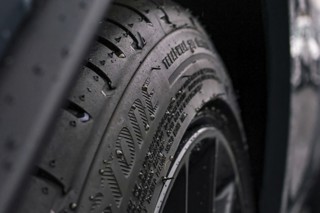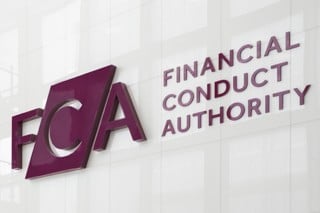Drivers are commonly ignoring tyre pressure warnings, faulty wipers and the fact their tyres are worn to the point of needing replacing, according to new data from Uswitch.
The car insurance comparison site quizzed 2,000 UK drivers in April with over half (53%) admitting they continue to drive, even though they’re aware of faults with their tyres.
Time and money were the biggest hurdles for car owners who continued to drive after noticing faults with their vehicle.
The main reasons flagged were drivers being in the process of arranging the repair (38%), needing to save up before they could afford it (10%), and not realising the fault was a serious problem (10%).
The results hint at specific areas of focus for dealers to target when looking at communication topics with aftersales customers.
The issues most commonly ignored
| Identified Issue | No. of car owners out of those who admitted to continued driving |
|---|---|
| Tyres at the incorrect pressure | 33% |
| Wipers / washers not working | 22% |
| Worn tyres that need replacing | 21% |
| Damaged windshield (cracks or chips) | 19% |
| Lights not all operating correctly | 19% |
Tyres
Among those who continued driving despite observing faults, over half (53%) cited tyre-related issues.
From September 2023 to 2024, over 8,000 motorists were convicted for driving with defective tyres.
This offence can result in three penalty points and even a fine of up to £2,500 (per tyre). Defective tyres pose a risk to safety as they make it difficult to control or stop the car and increase the risk of skidding, which can cause accidents.
Wipers and windshields
While malfunctioning wipers and a damaged windshield may appear to be superficial flaws, they could impair the driver’s visibility. The Road Vehicles Regulations state drivers should not drive if they don’t have a full view of the road ahead. Doing so can obstruct a driver’s view of oncoming traffic, hazards and traffic lights, increasing the risk of accidents. If caught, drivers can face a £1,000 fine and receive three penalty points on your licence.
Lights
Faulty lights are also frequently ignored by drivers. If caught on the road with a faulty or broken light, drivers will likely receive a warning in the form of a ‘vehicle defect rectification notice’ and have to provide proof of rectifying the issue within 14 days, or risk prosecution. Working lights are crucial to help drivers see what's in front of them and for other road users to see them, particularly in situations of reduced visibility like at night or during bad weather.






















Login to comment
Comments
No comments have been made yet.